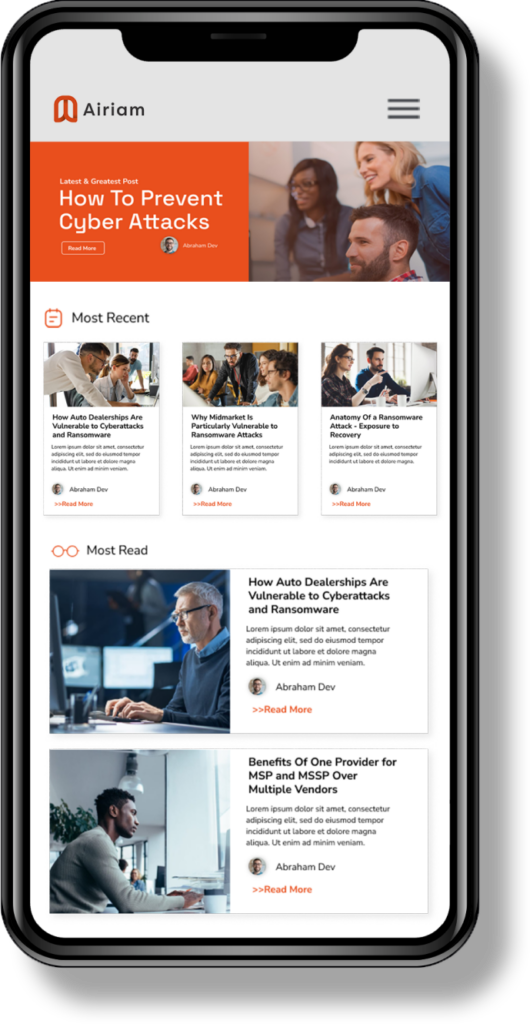Small businesses face growing cybersecurity threats, yet many lack the resources for a fully staffed Security Operations Center (SOC). Traditionally, SOCs relied on human analysts to monitor, detect, and respond to incidents—a model that struggles under today’s alert volumes and complexity. Enter AI in SOCs: automation and intelligent systems that streamline detection, triage, and response. For small businesses, AI implementation means faster threat handling, reduced analyst fatigue, and scalable security without ballooning costs.
What is SOC? Governance, Ethics, and Traditional Best Practices
A Security Operations Center is the nerve center for cybersecurity, responsible for monitoring networks, detecting anomalies, and responding to incidents. Historically, SOC best practices emphasized:
- 24/7 monitoring using SIEM tools.
- Manual triage and escalation by analysts.
- Strict governance and compliance with frameworks like GDPR or HIPAA.
Ethics and governance remain critical as AI enters SOC workflows. Businesses must ensure transparency, prevent bias in models, and maintain audit trails for regulatory compliance.
Evolution & Development of AI in SOCs
SOC technology has evolved through three phases:
- SOC 1.0: Manual processes dominated; analysts handled every alert.
- SOC 2.0: Automation emerged with SIEM and SOAR tools, reducing repetitive tasks.
- SOC 3.0: AI-native SOCs leverage machine learning and generative AI for predictive analytics, autonomous triage, and proactive threat hunting.
This evolution was driven by alert overload, talent shortages, and the need for faster response times—pain points especially felt by small businesses.
Current AI Use in Small-Business SOCs
Today, AI in SOCs powers:
- Alert Triage & Correlation: ML models filter noise and prioritize real threats.
- Generative AI Assistants: LLM-based tools summarize incidents, suggest queries, and draft reports.
- Automated Remediation: SOAR integrations isolate compromised accounts or devices without human delay.
- Proactive Threat Hunting: AI identifies indicators of compromise and lateral movement patterns.
These capabilities allow small teams to operate like enterprise-grade SOCs without proportional staffing costs.
Types of AI Deployed
- Machine Learning (ML): Detects anomalies and patterns across logs and endpoints.
- Generative AI / LLMs: Provides natural language summaries, Q&A, and decision support.
- Agentic AI Systems: Autonomous agents execute coordinated responses under human-set policies.
- Hyperautomation via SOAR: End-to-end workflows for containment and remediation.
Risks of Autonomous Agents & Human Necessity
While AI accelerates SOC efficiency, risks include:
- Hallucinations and False Positives: LLMs may misinterpret data.
- Over-Automation: Autonomous agents can act incorrectly without oversight.
Human intervention remains essential for:
- Governance and Policy Setting.
- Validating AI-driven actions.
- Strategic Threat Analysis beyond automation’s scope.
AI should augment—not replace—human expertise.
Conclusion: Why This Matters for Small Businesses
For small businesses, AI in SOCs is a game-changer. It delivers enterprise-level security at a fraction of the cost, reduces burnout, and enables proactive defense against evolving threats. By blending automation with human oversight, businesses can scale security operations, maintain compliance, and stay resilient in an increasingly hostile cyber landscape.
Got questions? We have answers.


